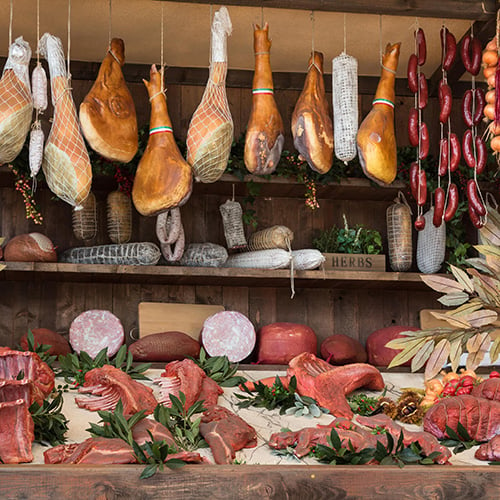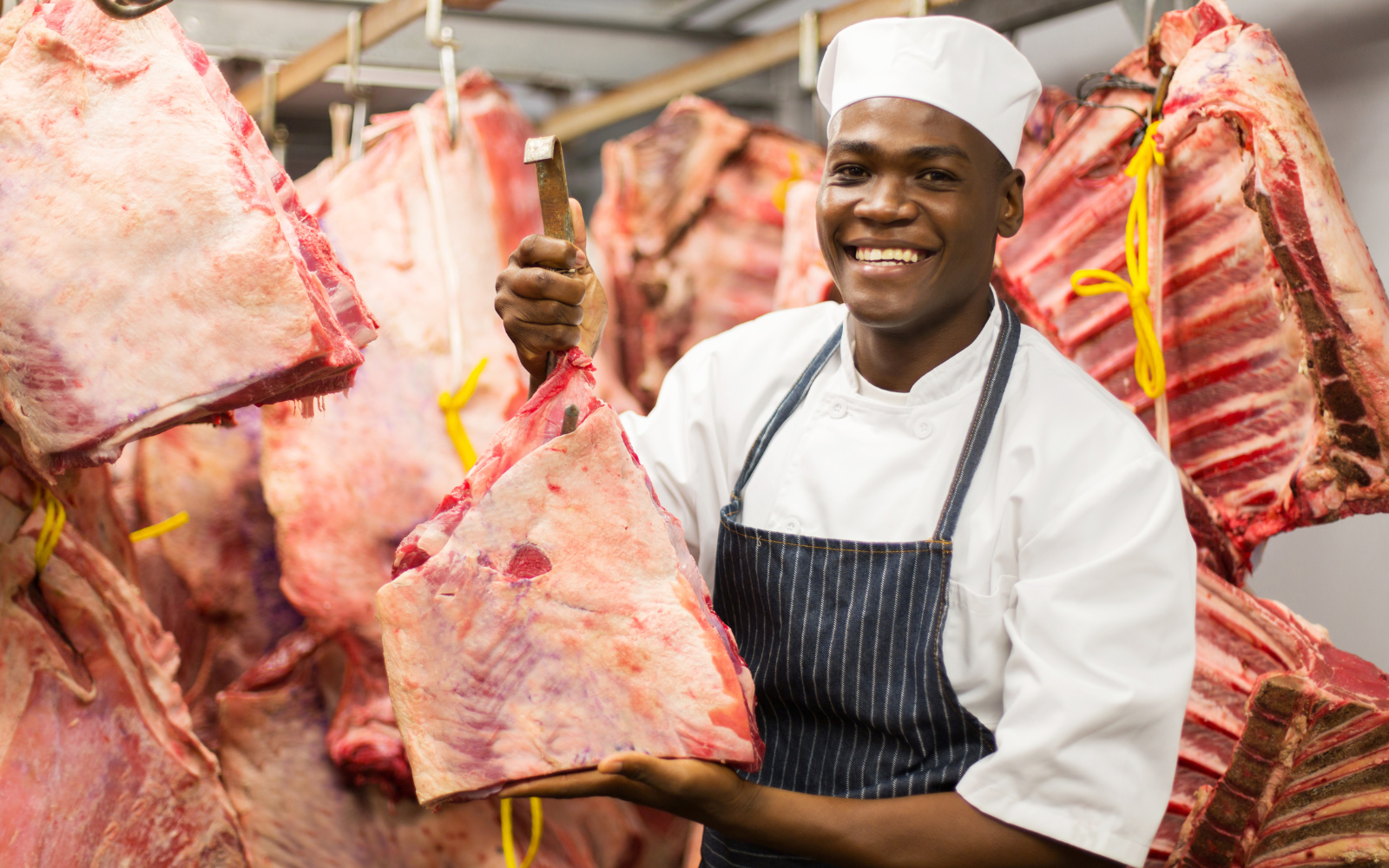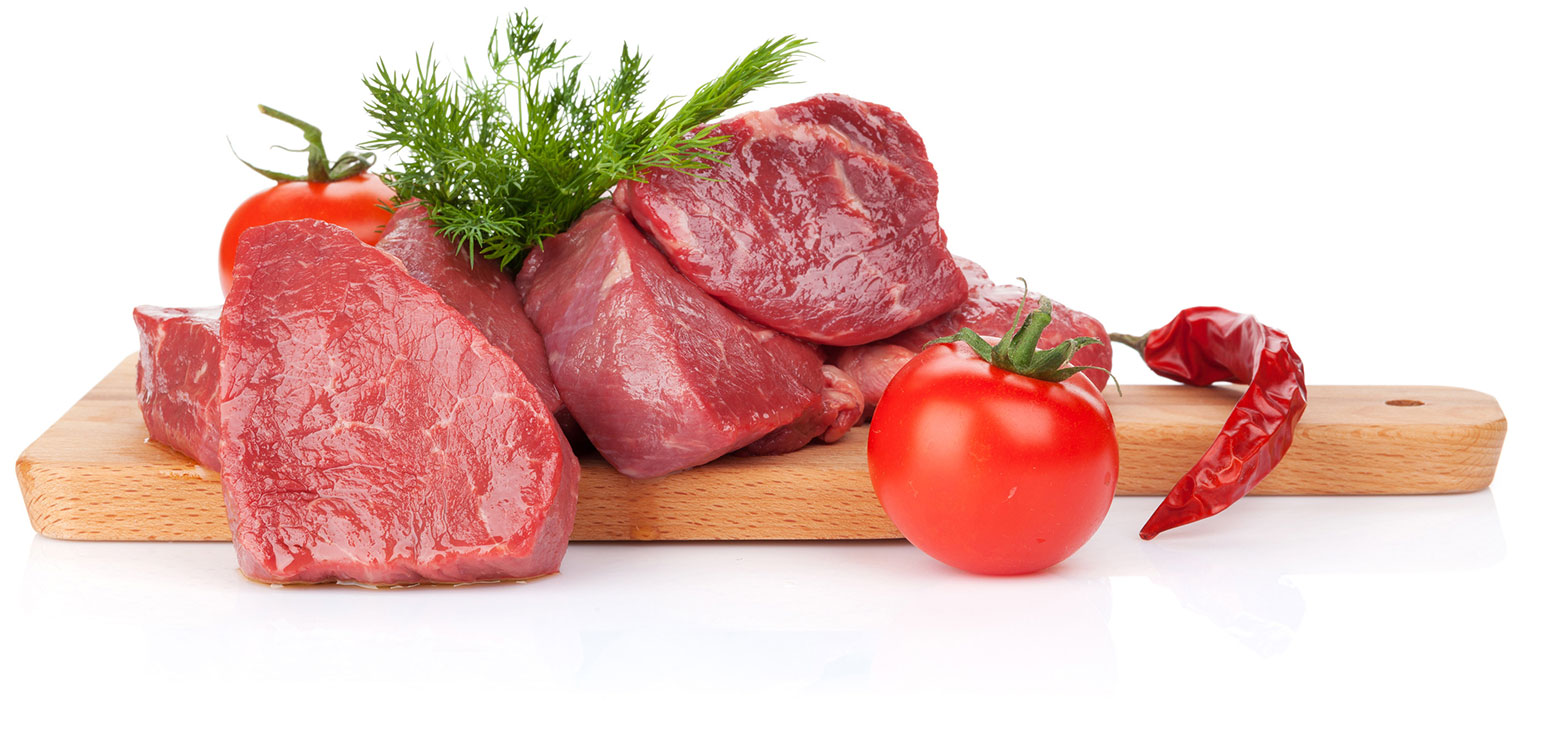From Farm to Table: Embracing the Custom of Meat Markets and Butcheries
In a period dominated by convenience and mass production, there exists a quiet revolution taking place in the cooking globe - a go back to the origins of food sourcing with the tradition of meat markets and butcheries. These facilities, usually overlooked in the shadow of supermarkets, are experiencing a resurgence as discerning consumers seek quality, traceability, and a connection to the origins of their food. But what is driving this change back to the means of old? The solution hinges on the junction of heritage methods, honest factors to consider, and a need for a much more authentic gastronomic experience.
The Revival of Meat Markets
The renewal of meat markets across various areas suggests a shift in the direction of a restored gratitude for locally sourced, top quality meats. Over the last few years, consumers have actually become much more conscious of the beginnings of their food, causing a growing need for transparency and sustainability in the meat sector. This pattern has actually led the way for the resurgence of conventional meat markets and butcheries, where consumers can straight communicate with knowledgeable butchers and resource their meat from nearby farms.
One of the vital driving factors behind this renewal is the wish for greater top quality and fresher items. By purchasing meat from regional markets, consumers can make sure that they are obtaining fresh cuts that have not traveled cross countries or been sitting in storage space for extended periods. In addition, supporting neighborhood meat markets helps boost the local economic climate and advertises community connections.
Furthermore, the renewal of meat markets aligns with the wider motion in the direction of sustaining small-scale farmers and sustainable farming techniques. By choosing to purchase from these facilities, consumers are not just obtaining better high quality meat however additionally adding to a much more ethical and environmentally friendly food system.
Workmanship in Butcheries
With the resurgence of meat markets emphasizing high quality and sustainability, the focus moves towards acknowledging the complex workmanship displayed in contemporary butcheries. Workmanship in butcheries exceeds just cutting meat; it embodies an ingrained practice of knowledge and precision in managing various cuts of meat - Bagley Farms Meat Market. Butchers, usually educated for many years, possess a wealth of knowledge on the composition of pets, knife skills, and the art of damaging down carcasses successfully
In contemporary butcheries, craftsmanship is obvious in the method butchers very carefully source their meat, ensuring high standards of top quality and honest practices. They take pride in recognizing the provenance of the meat they market, working closely with neighborhood farmers and vendors to use clients full openness and traceability.

Locally Sourced Meat Top Quality
Amid the growing interest in sustainable methods, an emphasis on in your area sourced meat top quality has become progressively famous in the meat market sector. Customers are progressively looking for openness in the sourcing and manufacturing of their meat, bring about a rise sought after for in your area elevated and refined meats.
In your area sourced meat offers numerous benefits, including fresher items, assistance for neighborhood farmers, and lowered environmental impact as a result of lowered transport ranges. By buying meat from close-by farms and butcheries, consumers can have extra confidence in the top quality and safety and security of the items they are getting.
In addition, in your area sourced meat typically comes from animals that have actually been increased in a lot more humane conditions, with a focus on pet welfare and sustainable farming techniques. This moral strategy to meat manufacturing resonates with many customers who are concerned concerning the beginnings of their food and its effect on the setting.
Farm-to-Table Buying Experience
In the realm of in your area sourced meat high quality, the farm-to-table shopping experience supplies consumers a direct connection to the beginnings of their food. This distinct purchasing experience enables customers to trace the journey of their meat, from the ranch where the animals were elevated to the table where it will be enjoyed. By taking part in farm-to-table buying, individuals can gain a much deeper understanding of the farming practices, pet well-being requirements, and sustainability efforts associated with creating their meat.

Practice Fulfills Modern Society


The merging of conventional meat markets and butcheries with modern-day culture provides a special chance for the conservation of artisanal methods in a modern context. While contemporary home improvements have actually changed various industries, the essence of traditional meat markets and butcheries remains deeply rooted in background and workmanship. This mix of practice and modernity allows for the extension of classic strategies while adjusting to the requirements and preferences of today's customers.
In today's hectic globe, where benefit commonly overtakes top quality, there is a growing gratitude for the heritage and authenticity that conventional meat markets and butcheries use. Consumers are increasingly seeking openness in the sourcing and production of their food, leading them back to the customized service and know-how discovered in these establishments. The focus on sustainability and ethical practices aligns with the worths supported by lots of conventional meat markets and butcheries, fostering a feeling of community and obligation in the direction of the environment.
As society Our site remains to develop, the coalescence of custom and modernity in meat markets and butcheries not just makes certain the conservation of artisanal techniques yet likewise enhances the culinary landscape with a blend of heritage and technology.
Verdict
In final thought, the tradition of meat markets and butcheries is experiencing a renewal in modern-day culture. These facilities use locally sourced meat of high quality, supplying a farm-to-table buying experience for consumers.
In an age controlled by comfort and mass production, there exists a silent revolution taking area in the cooking world - a return to the origins of food sourcing with the tradition of meat markets and butcheries.The revival of meat markets throughout various communities indicates a change towards a restored gratitude for locally sourced, quality meats.With the resurgence of meat markets emphasizing quality and sustainability, the focus moves in the direction of acknowledging the elaborate workmanship displayed in contemporary butcheries. Workmanship in butcheries goes beyond just cutting meat; it embodies an ingrained custom of competence and precision in taking care of various cuts of meat.In today's fast-paced globe, where ease usually outdoes top quality, there is an expanding gratitude for the heritage and authenticity that standard meat markets and butcheries provide.